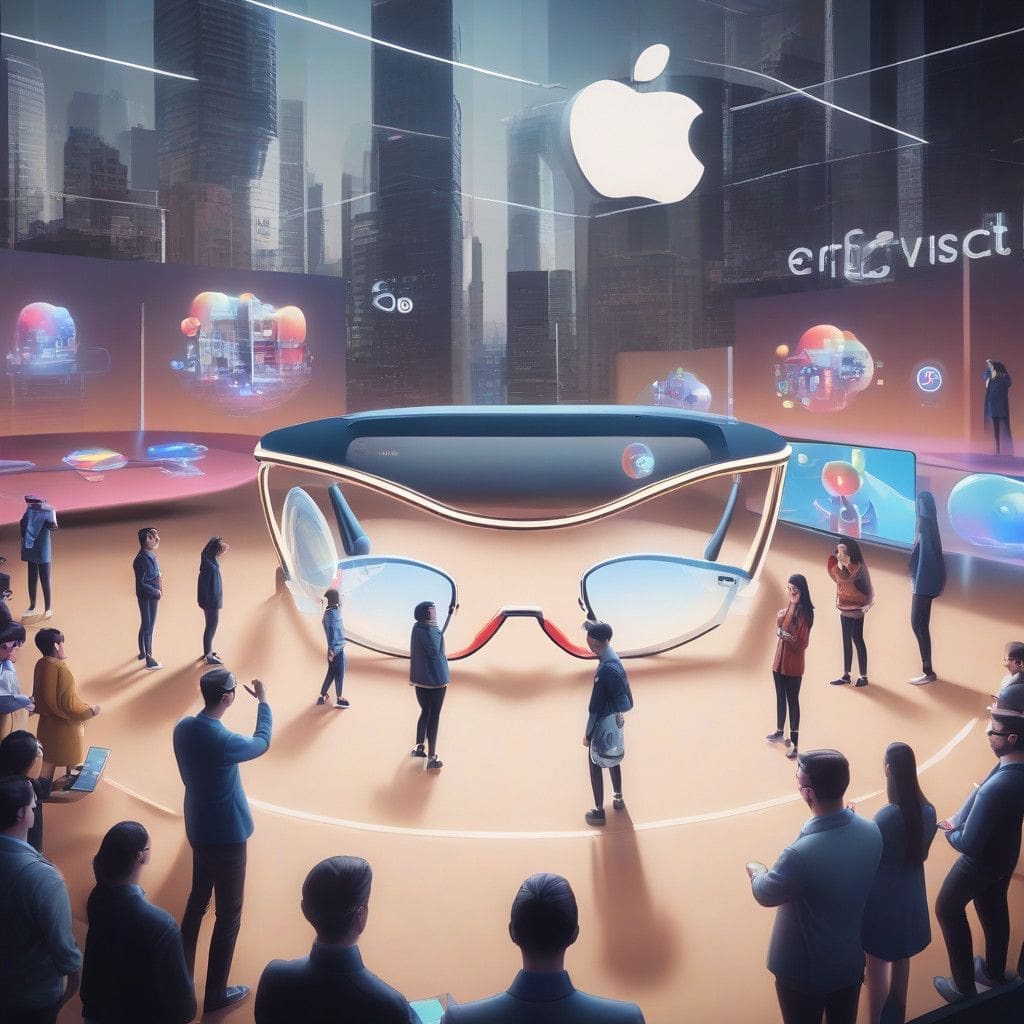In a recent event, Apple introduced an impressive feature called “Visual Intelligence.” This innovation promises to change the way users interact with their environment and sets a clear path for the potential release of augmented reality (AR) glasses. The capabilities of Visual Intelligence extend to scanning and identifying objects, copying text, and compiling information on-the-go. This feature not only enriches user experience with the iPhone 16 but also suggests a broader vision for AR technology.
Imagine AR glasses that allow users to receive real-time insights about their surroundings without needing to fumble through their phones. The very thought is intriguing, and with Apple’s track record of refining technology prior to release, there is a strong possibility that Visual Intelligence will thrive in future AR glasses.
The Visual Intelligence feature acts as a powerful tool for everyday tasks. For instance, a user in a museum could point their glasses toward an artwork, triggering an instant information overlay about the piece’s history, artist, and significance. Such interactions could dramatically enhance educational experiences both in cultural spaces and everyday life.
Apple’s strategy appears focused on refining this technology before potential AR glasses hit the market. This approach aligns with the company’s historical evolution, where features are meticulously polished in response to user feedback and technological advancements. The goal here seems to be not just the introduction of a product but the creation of a seamless user experience.
However, the competition in the AR field is heating up. With companies like Meta and Google already investing heavily in augmented reality, Apple must ensure that its offerings stand out. The advancements in Visual Intelligence could play a crucial role in differentiating Apple’s AR glasses from those of its rivals. A polished, intuitive integration could give Apple a unique edge, especially if it enhances usability in ways competitors have not yet achieved.
The market dynamics suggest that demand for AR technology will continue to rise. Enhanced user engagement is essential in e-commerce and retail, where immersive experiences can elevate consumer interaction. Visual Intelligence could seamlessly transition into retail environments, enabling customers to scan products for reviews, price comparisons, and even virtual try-ons, enriching the shopping experience while on the go.
In highlighting the significance of such technological innovations, one can observe that the introduction of AR capabilities aligns well with current consumer expectations. Today’s users seek convenience, enhanced interactivity, and information readily available at their fingertips. By addressing these desires, Apple positions itself at the forefront of a technological revolution.
Various use cases exemplify the potential of AR glasses infused with Visual Intelligence. Students could utilize it in classrooms to gather information about historical figures or scientific concepts instantly. Meanwhile, tourists could gain insights about landmarks, improving their travel experience through instant access to information that would otherwise require extensive research.
In conclusion, Apple’s Visual Intelligence feature represents a critical juncture in the evolution of augmented reality technology. As the tech community eagerly anticipates future AR glasses, it is clear that Apple’s groundwork for this technology is ambitious. The company’s ability to synthesize strong features into an intuitive user experience will ultimately serve as a benchmark against which other AR offerings will be measured. With the promise of enhancing everyday interactions, AR glasses could one day become as commonplace as smartphones.
